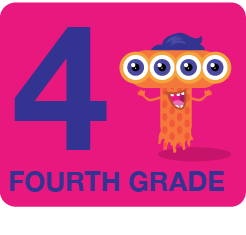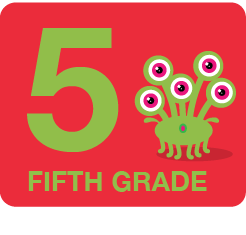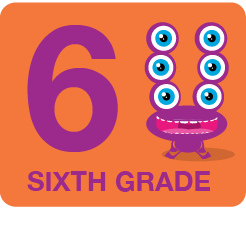The worksheet titled "What's in the Box?: Matching Letters to the Correct Synonym and Solve the Clues" is an activity that asks students to use synonyms to answer the clues. Once the clues have been answered, they can write what mysterious thing is in the imaginary box.
The left side of the page features a key where a letter equals a word. For example, B=wild and U=currency. Next to the key is a series of clues. Each clue has a list of words with blanks underneath. For example, clue one starts with the word "unruly." Students look at the word bank and find the word that means the same thing. In this case, that would be "wild," so students write the letter "B" on the blank. The next word is money, so students fill in the letter "U" for currency. They continue doing that until they spell a word. Then, they move on to clue number two.
Each worksheet features five clues. Once the letters are filled in the blanks, they are able to see a list of five words that will tell them what's in the box. For example, the list of clues "builder, trees, dams, river, and rodent" must mean there's a beaver in the box, so students write "beaver" on the line.
Learning synonyms is a great way to improve vocabulary. It also has the power to enhance writing skills and increase reading comprehension.
There are a lot of ways students can develop their vocabulary through learning synonyms. General worksheets can ask students to write a synonym next to each word. Synonyms can be listed in a word bank to make things easier, and words can be used in a sentence to help students develop the ability to use context clues when they read.
Puzzles are an engaging way for students to enhance their vocabulary. For example, students can read a word and find its synonym in the word bank where each word is associated with a letter. Students write the corresponding letters in the blank to discover a secret message.
What's in the Box: Matching Letters to the Correct Synonym and Solve the Clues
GRADES:




